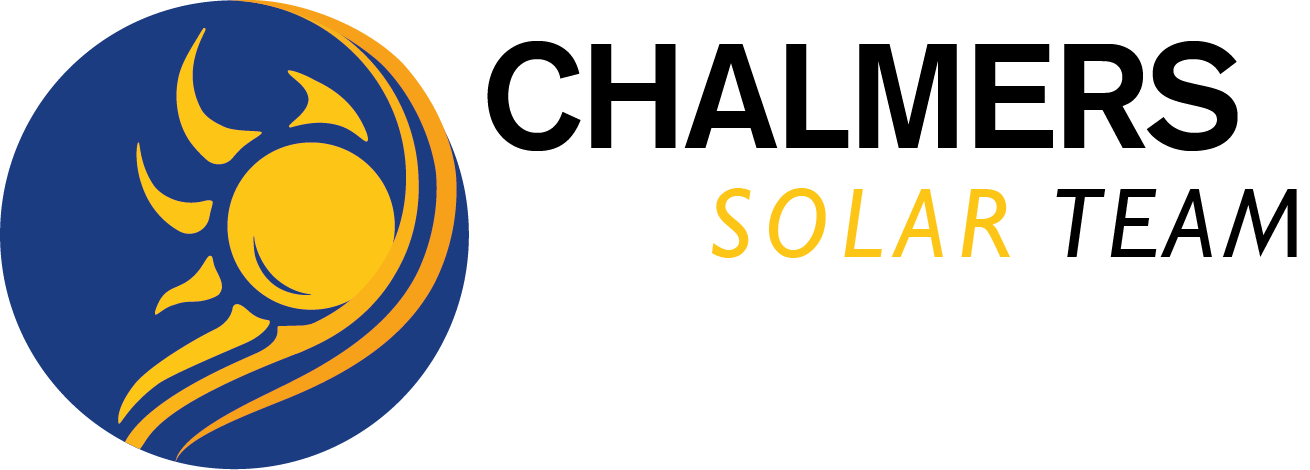The Competitions
Bridgestone World Solar Challenge

The World Solar Challenge started in 1987 from a desire to see if one could pass the continent of Australia using only solar power. A couple solar race cars later and it turned out you could! Spurred by the competition the semi annual challenge quickly grew to become one of the most demanding engineering challenges around.
The cars reached peak speeds in the early 2000’s where they could hold speeds in excess of 100kmh on average for the full distance of Darwin to Adelaide. At these speeds it was realized the cars would soon become too fast for public roads so the rules were adjusted as they had been many times before.
With the world going towards more electrics and more advanced tools the cars are growing ever faster. And to comply each passing iteration of the competition the rules are made more difficultfor the ever resourceful teams participating. The race plays out over a week, with the fastest cars completing the distance in around 4 days or running between 8-17 throughout the day before the obligatory rest period sets in.
The quest continues and for 2025 the date for the challenge has changed for the first time since it’s inception, this in combination with a host of other changes are sure to even the playing field a little as new enviromental challenges arise.

Countdown to BWSC 2025
Day(s)
:
Hour(s)
:
Minute(s)
:
Second(s)
At the end of summer 2025 Chalmers Solar Team will be competing in Australia in the challenger class. We’ll arrive in Australia a little over a month before the race commences to set everything up, test the car, go through scrutineering, set a qualifying time and finally compete in the Bridgestone World Solar Challenge.
But before that a car is needed, so we’re working hard to complete ours and test it thuroghly before sending it off to Australia for it’s first race!
iLumen European Solar Challenge

This means that unlike the Bridgestone World Solar Challenge we are not only allowed to race during night but also have to do so if we are to have any chance at a good finishing position! We can’t run a full night on just batteries, and although Zolder is a very nice place the weather is what it is, and sun is not always a given. So charging is allowed – which poses another challenge as charging speed becomes a factor during the race. Every minute you stand still not charging other cars on the track are running laps around you.
iESC is very different from BWSC, but it’s a very fun event and few things beat the feeling of walking around the pits with a setting sun on a active racetrack, where vehicles you’ve built yourself are competing on.

Countdown to iESC 2026
Day(s)
:
Hour(s)
:
Minute(s)
:
Second(s)
After competing in BWSC we’ll go home and rest, but soon thereafter a new team will begin to be recruited. This team will then continue using the 2025 Challenger to test new ideas and improvements, as well as making sure team works as one.
The learning period will culminate in the running of iESC with the 2025 challenger. This provides a intense but invaluable hands-on experience with actually racing that you won’t get the chance for anywhere else.
They will carry the torch and defend our title as the best Swedish team, and hopefully even more than that!
